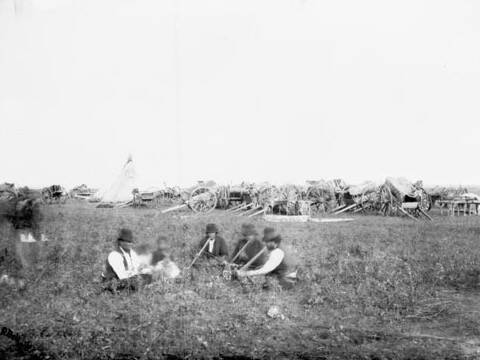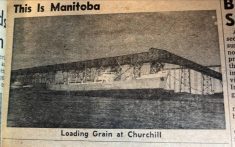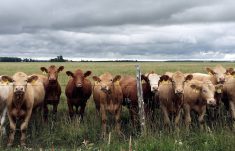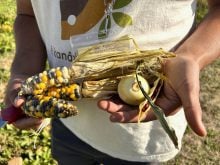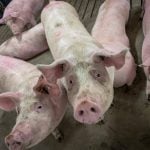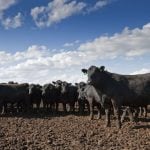Diversifying the Canadian economy has become central to almost any discussion about dealing with our increasingly volatile next-door neighbour.
There’s growing recognition that whatever emerges from the current United States administration’s reforms will bear little resemblance to the country and ally Canadians once knew. For the sake of our own survival, it’s time to move on.
Nowhere is that realization more critical than in food and agriculture.
Read Also

OPINION: Immigration policy needs labour gap nuance
A federally imposed, one-size-fits-all immigration crackdown fails when it comes to Canada’s regional labour needs.
Farm Credit Canada took a swing at quantifying just what it would take to achieve diversification in a newly released report, using 2023 trade statistics as a starting point.
It identified the chance for Canada to shift $12 billion worth of agriculture and food exports away from the U.S. market by focusing more on growing domestic demand and reducing interprovincial trade barriers, leveraging existing agreements with other trading partners and establishing new international partnerships.
If successful, it would reduce our U.S. market dependence in food and beverage exports to 50 per cent of 2023 levels.
That’s a daunting challenge. Sixty-eight per cent of Canada’s agriculture and food imports originate in the U.S., while 59 per cent of Canadian exports end up there. Breaking it down further, 78 per cent of Canada’s primary agriculture and 65 per cent of food and beverage imports came from the U.S., while 31 per cent of our primary product exports and 76 per cent of food and beverage exports move south.
While the size and scale of our U.S. dependence has increased, especially since the first so-called “free trade” agreement was inked in late 1980s, food and agricultural products in North America have always flowed between north and south.
It’s a pattern that archaeological records show predates European settlement of the region. Food crops such as beans, corn, squash, potatoes and tomatoes followed trade routes northward and were cultivated here centuries before the Selkirk Settlers arrived in the early 1800s.
The value of values
However, a diversified approach to keeping food on the table and exporting the surplus to pay the bills has also always been key to survival in these parts.
Dan Benoit, director of cultures and protocols at the Knowledge Circle for Indigenous Inclusion at Indigenous Services Canada, recently briefed the Canadian Farm Writers Federation on the role Indigenous and Métís peoples played in setting the foundation for today’s agricultural economy.
Métís practised agriculture, but they also hunted, fished and ferried goods across the Prairies, along with anything else they needed to do to make a living. Their ability and willingness to sell goods and services to more than one buyer (in other words, trade) was pivotal. Equally important, if not more so, was remaining true to their cultural identity and values.
It was their knowledge that supported the survival of the Selkirk Settlers and their skills that fostered the food production and trading economy that evolved.
Most of the first farmers from Europe to arrive in the area didn’t stay, but their departure coincided with the merger of the North West Company and the Hudson’s Bay Co. and the decline of the fur industry. Unemployed fur traders picked up farming where the Selkirk Settlers left off, until they were systematically dispossessed by the waves of new immigrants invited to the region by the Canadian government in the late 1800s.
Louis Riel Sr., a farmer and businessman in the Red River Settlement, was a key figure in breaking the Hudson’s Bay Company’s monopoly over trade of fur and agricultural goods from the region so that a diversified economy could flourish.
What do we draw from our past as we head into an uncertain future? As the saying goes, it’s never been a good idea to put all our eggs in one basket. In the grand scheme of things, the past four decades of economic integration with the U.S. may prove to be a brief blip in the annals of history.
Canadians are about to learn which is stronger — the allure of that north-south economic flow, or our commitment to our own culture and values.


